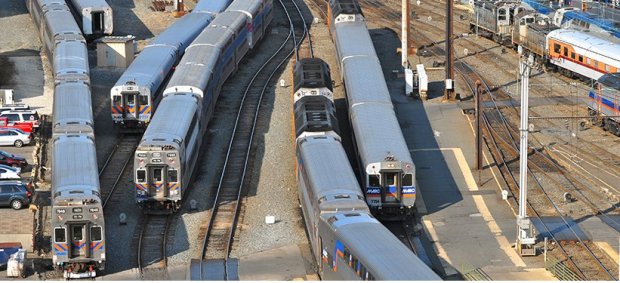Climate Change and the US addiction to flying: Is rail revival the answer?

As environmental concerns gather momentum, the focus on air travel’s contribution is high. In regions such as Europe, China and Japan, high-speed rail is a viable alternative to flying, at least for shorter distances. In the U.S., however, rail services have never quite taken hold in the same way—leaving the largest aviation market in the world with a challenge.
With 39 million scheduled flights, the U.S. accounted for almost one in every four flights worldwide in 2019. That is almost twice as many as the next largest aviation market, China.
With co-existing rail and air services rising in popularity across the world, it’s a wonder as to whether rail is actually addressing the increasing concerns about climate change. If it is the answer, how are existing rail services impacting the U.S., and should the country follow suit with its own rail revival?
Eurostar, the high-speed passenger rail operation between London and Paris, recently celebrated its 25th birthday. It may be the most well-known and branded rail service in Europe, but the continent is criss-crossed with a massive network of local, national and international railways, some of which operate at high speed, and all of which connect to local rail services. OAG analysed the impact of the iconic Eurostar high-speed rail service in relation to air traffic volumes along matching routes and found that while most passengers now let the train take the strain on this 218-mile trip, air services still serve a purpose.
The United States is far from following Europe’s ubiquitous use of passenger rail services. Amtrak, which is responsible for almost all U.S. passenger rail journeys, recorded 31.8 million passengers in 2018, only a 2% increase from 5 years prior. In comparison, U.S. commercial airlines experienced a 20% growth in capacity over the same time period, indicating air travel is far more common and is growing much faster than rail travel.
There are a few exceptions, however.
To view the full article, please click here


